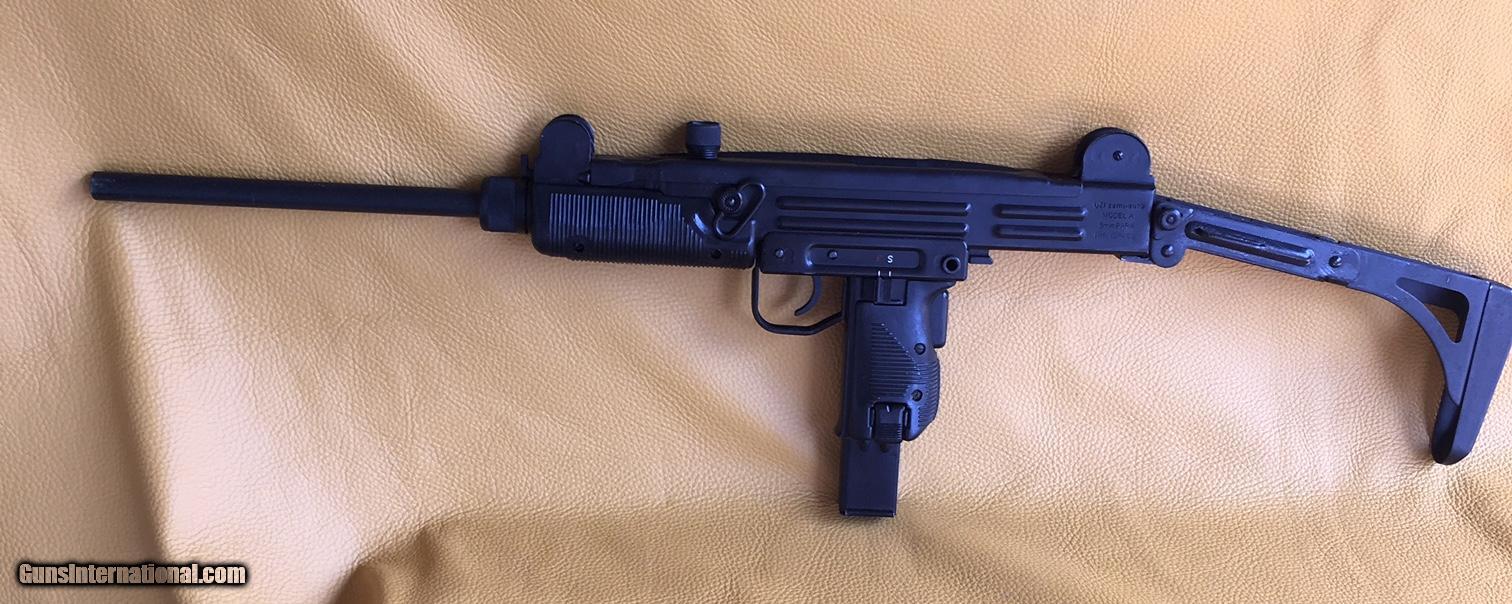
The Act prohibited the manufacture, transfer, or possession of "semiautomatic assault weapons," as defined by the Act. The prohibitions expired on September 13, 2004. The Public Safety and Recreational Firearms Act was enacted as part of the Violent Crime Control and Law Enforcement Act of 1994. The legislation passed in September 1994 with the assault weapon ban section expiring in 2004 due to its sunset provision. In November 1993, NRA spokesman Bill McIntyre said that assault weapons "are used in only 1 percent of all crimes." The low usage statistic was supported in a 1999 Department of Justice brief. The National Rifle Association (NRA) opposed the ban. US Representative Jack Brooks (D-TX), then chair of the House Judiciary Committee, tried unsuccessfully to remove the assault weapons ban section from the crime bill. House of Representatives in support of banning "semi-automatic assault guns." They cited a 1993 CNN/USA Today/Gallup Poll that found 77 percent of Americans supported a ban on the manufacture, sale, and possession of such weapons.

In May 1994, former presidents Gerald Ford, Jimmy Carter, and Ronald Reagan, wrote to the U.S. The bill's author, Dianne Feinstein (D-CA) and other advocates said that it was a weakened version of the original proposal. In November 1993, the proposed legislation passed the U.S. The ban tried to address public concerns about mass shootings by restricting firearms that met the criteria for what it defined as a "semiautomatic assault weapon," as well as magazines that met the criteria for what it defined as a "large capacity ammunition feeding device." : 1–2 Two of the three firearms he used were TEC-9 semi-automatic handguns with Hell-Fire triggers. The shooter killed eight people and wounded six. The July 1993 101 California Street shooting also contributed to passage of the ban. The Luby's shooting in October 1991, which left 23 people dead and 27 wounded, was another factor. Įfforts to create restrictions on assault weapons at the federal government level intensified in 1989 after the shooting of a teacher and 34 children, five of whom died, in Stockton, California, with a semi-automatic Kalashnikov-pattern rifle. There is tentative evidence that the frequency of mass shootings may have slightly decreased while the ban was in effect. Studies have shown the ban had little effect on overall criminal activity, firearm homicides, and the lethality of gun crimes. There were multiple attempts to renew the ban, but none succeeded.


Several constitutional challenges were filed against provisions of the ban, but all were rejected by the courts. It expired on September 13, 2004, in accordance with its sunset provision. The ban applied only to weapons manufactured after the date of the ban's enactment. The 10-year ban was passed by the US Congress on September 13, 1994, following a close 52–48 vote in the US Senate, and was signed into law by US President Bill Clinton on the same day. The Public Safety and Recreational Firearms Use Protection Act or Federal Assault Weapons Ban ( AWB) was a subsection of the Violent Crime Control and Law Enforcement Act of 1994, a United States federal law which included a prohibition on the manufacture for civilian use of certain semi-automatic firearms that were defined as assault weapons as well as certain ammunition magazines that were defined as large capacity. Right to keep and bear arms in the U.S.International treaties for arms control.President Bill Clinton signing the bill into law.


 0 kommentar(er)
0 kommentar(er)
